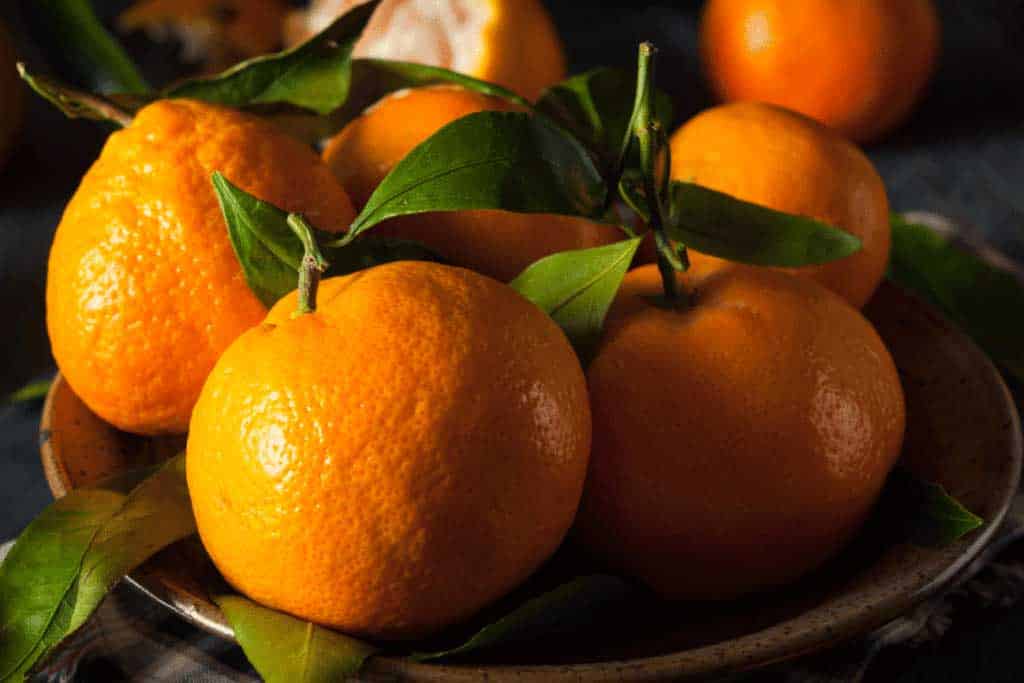[et_pb_section fb_built=”1″ _builder_version=”4.2″][et_pb_row _builder_version=”4.9.1″ custom_padding=”|||0px||” link_option_url=”http://52.11.233.165/market-report/”][et_pb_column type=”4_4″ _builder_version=”4.2″][et_pb_text _builder_version=”4.9.1″]
Westlake Weekly Update 11.03.21
Featured Item: Persimmons
Once just a specialty item or a “backyard fruit,” the persimmon has gained mainstream popularity. Growing up in southern California, these fruit trees were the few trees that actually changed color in the fall. And among the autumn leaves sprouted acorn-like fruits that we waited for patiently to ripen. And in my grandfather’s case, he prayed and diligently protected from wildlife snatching the fruit. Once matured, to the point of almost being slimy, they were ready for baking into spiced bread.
Many years later, I learned that this variety was just one of many! The persimmons I grew up, were the Hachiya. One of two subcategories of persimmons: astringent and non-astringent. The main difference between the two varieties is, the non-astringent can be eaten hard or soft with the skin on. But, on the other hand, the astringent persimmon, the one I knew, could only be eaten once fully ripe.
Today, the most popular variety is the Fuyu, a non-astringent variety. It is easily stored and shipped, can be used in various ways, and is a gorgeous bright orange color. These tomato-shaped fruits are an excellent addition to your fruit bowls. Look for Fuyu persimmons with bright and taut skin. They can be peeled and sliced for salads, much like an apple.
The most popular astringent variety, the Hachiya, is only eaten when ripe, like really really ripe! The reason is, it has a high tannin content, making the fruit astringent and bitter. To bite into one raw would dry out your mouth so fast! Remember the cinnamon challenge online? You had to swallow a tablespoon of cinnamon without liquid in 60 seconds. Well, that challenge has nothing on an unripe Hachiya. Trying to eat one feels like all the moisture has been instantly removed from your mouth! (WARNING: Do not try either at home!) But once ripe, to an almost jelly-like texture, the fruit is sweet and luscious. These varieties are best for baked goods such as muffins, loaves of bread, and puddings. They are also lovely pureed and used as a sauce for ice cream, dressings, and even cocktails!
Persimmons are available from mid-fall to early winter, and did I mention they can be easily frozen? You’ll want to add these fruits to your repertoire this year. They are, of course, good for you. Persimmons are high in beta carotene, a vital nutrient for your vision that plays a critical role in cell growth and maintaining healthy organs like the heart, lungs, and kidneys. Persimmons are also low in calories and high fiber, so a great addition to any diet!
Whichever you chose, and why choose just one? Persimmons are the “it” girls this fall. Just remember, the astringent ones, aka Hachiya, must be very ripe! The Fuyus can be eaten firm or soft. One bite, and you’ll know the difference!
[/et_pb_text][/et_pb_column][/et_pb_row][/et_pb_section]

